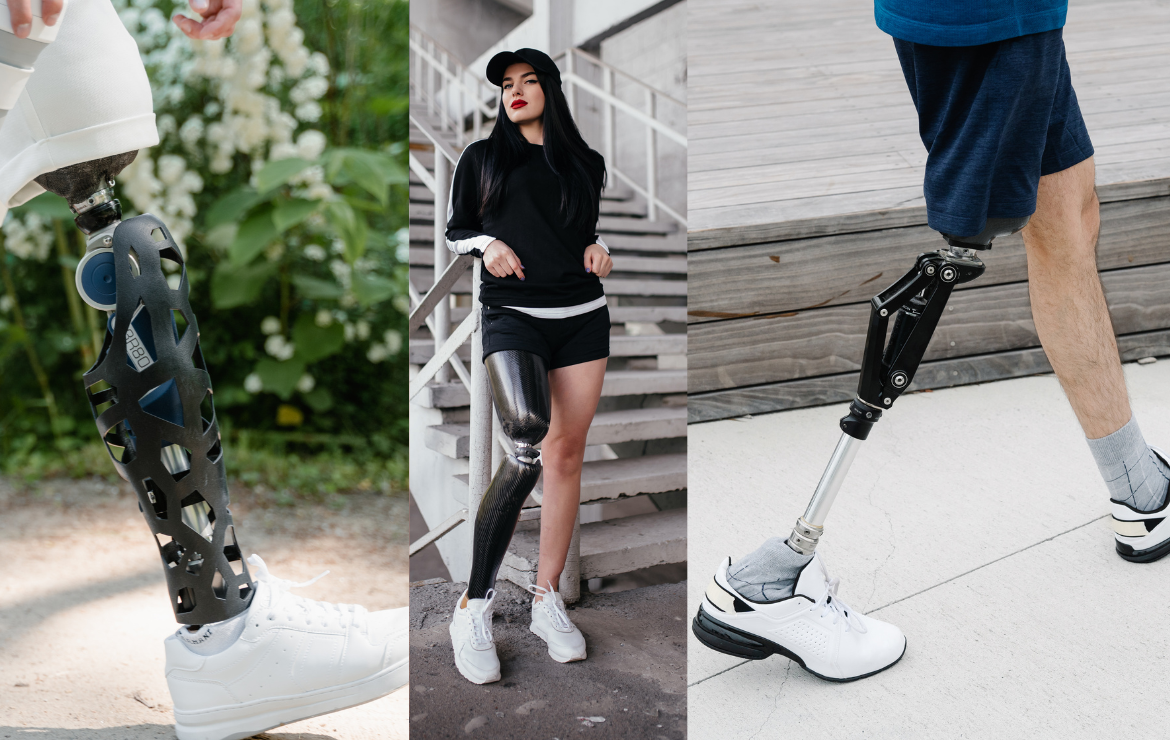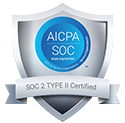Beyond the Pain: Supporting Injured Workers Through Phantom Limb Challenges

Phantom limb pain—pain or discomfort perceived in a limb after amputation—is a common and often challenging issue for injured workers recovering from amputations. As adjusters and nurse case managers, understanding how to support injured workers dealing with phantom pain can significantly enhance recovery outcomes and improve quality of life. Here’s what you need to know.
Understanding Phantom Limb Pain
Phantom limb pain occurs when the brain and nervous system continue sending signals to a limb that’s no longer there. Pain can vary from mild discomfort to intense sensations such as stabbing, throbbing, burning, or tingling. Although phantom limb pain may lessen over time, timely interventions can significantly reduce suffering.
Proven Strategies to Help Injured Workers
- Mirror Therapy Mirror therapy uses visual feedback to “trick” the brain by reflecting the intact limb, creating the illusion of two functional limbs. This therapy can:
- Ease phantom pain through visual reinforcement
- Gradually rewire neural pathways
- Reduce the intensity and frequency of pain episodes
- Graded Motor Imagery (GMI) GMI involves progressive exercises to retrain the brain, including:
- Limb laterality recognition exercises
- Imagined limb movements
- Mirror therapy as a component of GMI.
Regular practice can significantly diminish phantom pain by gradually normalizing brain responses.
- Physical Therapy and Massage Physical therapists can introduce targeted massage techniques and desensitization exercises to:
- Reduce hypersensitivity around the residual limb
- Promote better blood flow and healing
- Prepare the limb for effective prosthetic fitting
- Medication Management Medication prescribed by healthcare professionals, including antidepressants, anticonvulsants, or specific analgesics, can manage pain effectively. It’s critical to:
- Closely monitor medication effectiveness and adjust dosages as needed
- Coordinate closely with healthcare providers for optimal pain management
- Psychological Support Phantom limb pain is not only physical but can deeply affect psychological well-being. Support methods include:
- Cognitive-behavioral therapy (CBT) to manage stress, anxiety, and depression
- Mindfulness and relaxation techniques to enhance coping skills
- Peer support groups providing shared experiences and emotional support
- Comprehensive Rehabilitation Programs Structured rehab programs involving multidisciplinary teams can address physical, emotional, and occupational needs comprehensively. These programs typically include:
- Occupational therapy to enhance functional adaptation
- Prosthetic training tailored specifically to individual needs
- Education about pain management strategies and self-care techniques
MTI’s Amputation Recovery Management
MTI America delivers comprehensive recovery management with a seamless, holistic approach, emphasizing care for injured workers and their families. Key aspects of our program include biopsychosocial, behavioral, and wellness support to address interconnected medical, psychological, and social challenges, fostering resilience and sustainable health outcomes. Our focus on functional independence empowers injured workers to regain self-sufficiency and expedites return-to-work efforts. Additionally, streamlined stakeholder collaboration ensures efficient communication and aligned recovery objectives, enhanced by early intervention and clinical oversight to achieve optimal outcomes.
“Comprehensive amputation recovery management is essential—not only addressing physical rehabilitation but also incorporating psychological and social support to truly improve lives and expedite return-to-work outcomes.” – Zack Craft, ATP, CEAC, CAPS, WCS, CRTS, VP Complex Claims.
- Facilitate timely referrals to therapists and specialized pain management clinics.
- Encourage communication between providers for coordinated, comprehensive care
- Educate injured workers about phantom limb pain, normalizing their experiences and encouraging proactive pain management
- Monitor progress closely, adjusting intervention strategies to achieve optimal outcomes









